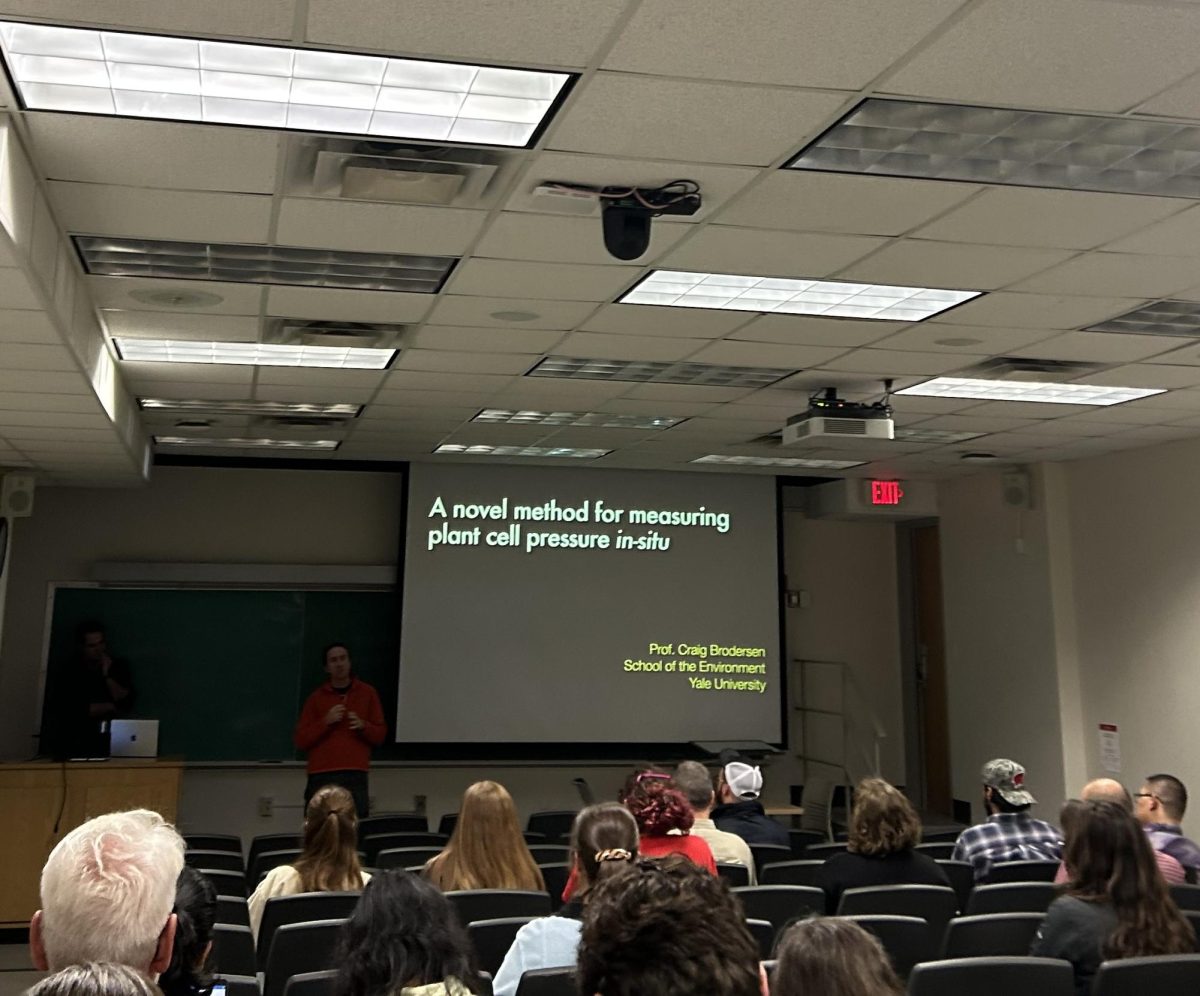Tuesday, Sept. 24, former Green Bay Packer and NFL Hall of Fame quarterback Brett Favre testified before Congress. Favre was accused of improperly receiving funds for speaking events he never attended through the TANF, a taxpayer-funded program. While Favre insisted he did nothing wrong, he admitted to his investment in a biotech company tied to the fraud case.
This company had claimed to be developing a “breakthrough concussion drug,” which was never developed. Favre explained that he had hoped this drug would help others manage concussions and also how a recent diagnosis affected his judgment, according to AP News.
“It was too late for me because I’ve recently been diagnosed with Parkinson’s,” Farve said.
Favre’s admission cast a spotlight on Parkinson’s disease, a neurodegenerative disorder that affects upwards of 10 million people worldwide, according to the Parkinson’s Foundation. PD is attributed to the degeneration of neurons that primarily produce dopamine, along with other neurotransmitters. The gradual loss of neurons leads to the characteristic symptoms of the disease, including resting tremors, muscle stiffness and the weakening of muscle movements over time, according to the Parkinson’s Foundation.
In general, these specific symptoms like tremors and muscle stiffness fall under the broader category of “Parkinsonism,” a term used to describe conditions that present similar symptoms to PD, according to the NIH.
The most common form of PD is idiopathic Parkinson’s disease. “Idiopathic” is a medical term meaning the cause is unknown and it is this uncertainty that makes IPD challenging to diagnose and treat effectively, according to the NIH. The disease typically starts with resting tremors in an arm or leg, gradually spreading to other parts of the body over the course of several years.
But, while motor symptoms are the most visible markers of IPD, the disease often begins with non-motor symptoms that can appear long before any physical signs are noticeable, according to Dr. Michelle Ciucci, a professor at the University of Wisconsin’s Division of Otolaryngology. Sleep disruption, constipation and eye movement issues are just a few of the early indicators that can manifest years before the tremors appear.
“By the time most patients show symptoms [like tremors], they’re about midway through its progression,” said Ciucci.
The real danger of PD lies in its long-term effects on motor function. According to Dr. Catherine Gallagher, a professor of Neurology at the UW School of Medicine and Public Health, the muscles affected by tremors and stiffness lose more and more mobility over time, making everyday activities increasingly difficult. Simple tasks like walking, eating and even speaking become more challenging as the disease takes its toll on the body.
Despite the fact there is currently no cure for IPD, neurotransmitter replacement therapy has been shown to alleviate some of the motor symptoms associated with the disease. Medications such as carbidopa and levodopa help replenish dopamine levels in the brain and have been standard practice for decades to treat movement related symptoms of Parkinsonism, Gallagher said.
But, the benefits of neurotransmitter replacement therapy are not universal. While it can improve motor symptoms, it does little to address speech and swallowing. The loss of fine motor control in the throat and mouth makes it hard for patients to speak clearly and swallow effectively, which can lead to severe complications, Ciucci said.
“The leading cause of death in patients with [IPD] is aspiration pneumonia, where food or liquid enters the lungs due to problems with swallowing,” Ciucci said.
Given Favre’s history as a professional football player, concussions and head injuries are not uncommon. The question is raised about whether his PD diagnosis could be linked to the repeated head trauma he sustained throughout his career. Studies, such as one published in the Movement Disorders Journal in 2013, have sought to investigate whether there is a link between IPD and traumatic brain injuries, particularly given the similarity between IPD and chronic traumatic encephalopathy, or CTE.
CTE is another neurodegenerative disease, primarily associated with athletes, that results from repeated blows to the head. It, too, is characterized by the degeneration of neurons in the brain and can result in Parkinsonism according to the Mayo Clinic. Currently, there is no way to diagnose CTE without an autopsy post mortem, leading to difficulties in the diagnosis.
“Recent research has not supported a strong link between head trauma and idiopathic Parkinson’s disease” Gallagher said.
If you or someone you know is experiencing Parkinsonism symptoms, it is important to speak with your general practitioner. They can provide a referral to a movement disorder specialist who can offer a comprehensive evaluation and, if necessary, begin treatment to manage the condition and improve quality of life. Early intervention and proper management can make a significant difference in slowing the progression of the disease and alleviating symptoms.








